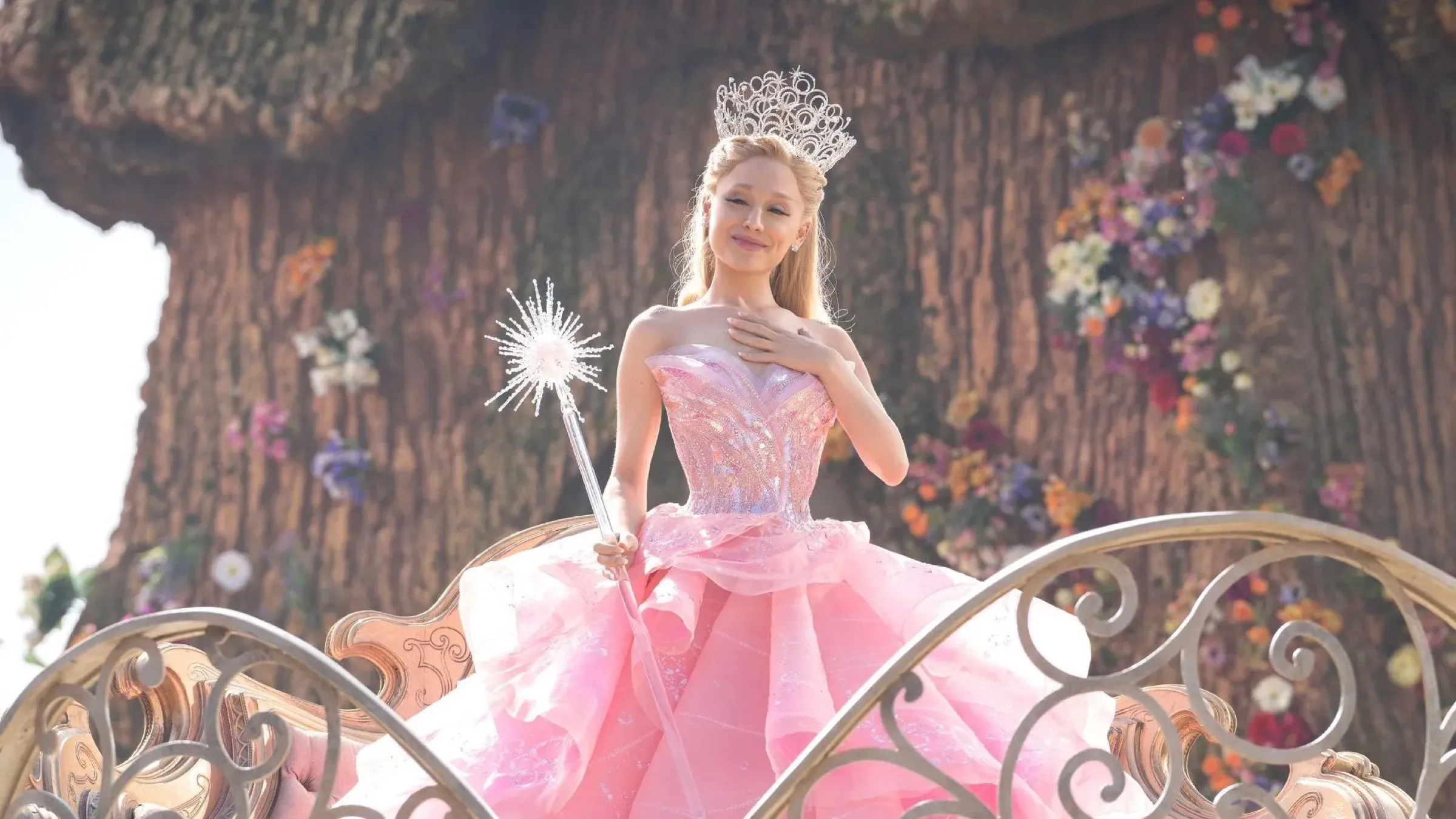
The new movie, Wicked: For Good, is now playing in theaters. It’s the second part of a big-budget adaptation of the popular Broadway musical Wicked, which was originally based on a novel that reimagines The Wonderful Wizard of Oz. (Clearly, the world of Oz remains incredibly popular!) This film delves into the story of the Wicked Witch of the West, showing Dorothy’s part in it and finally bringing closure to the journeys of both Elphaba (played by Cynthia Erivo) and Glinda (played by Ariana Grande).
Although Wicked: For Good keeps a lot of the second half of the original musical, it’s not a perfect copy. The movie version makes several changes to the story of the two main characters and the world of Oz. These changes add to the narrative without losing what fans love about the musical, but they are still noticeable. Some are minor, while others are quite substantial. Here are five of the most important changes, listed from least to most impactful on the overall Wicked story.
Before we dive in, fair warning: there are spoilers for Wicked: For Good beyond this point.
5) The Final Scene
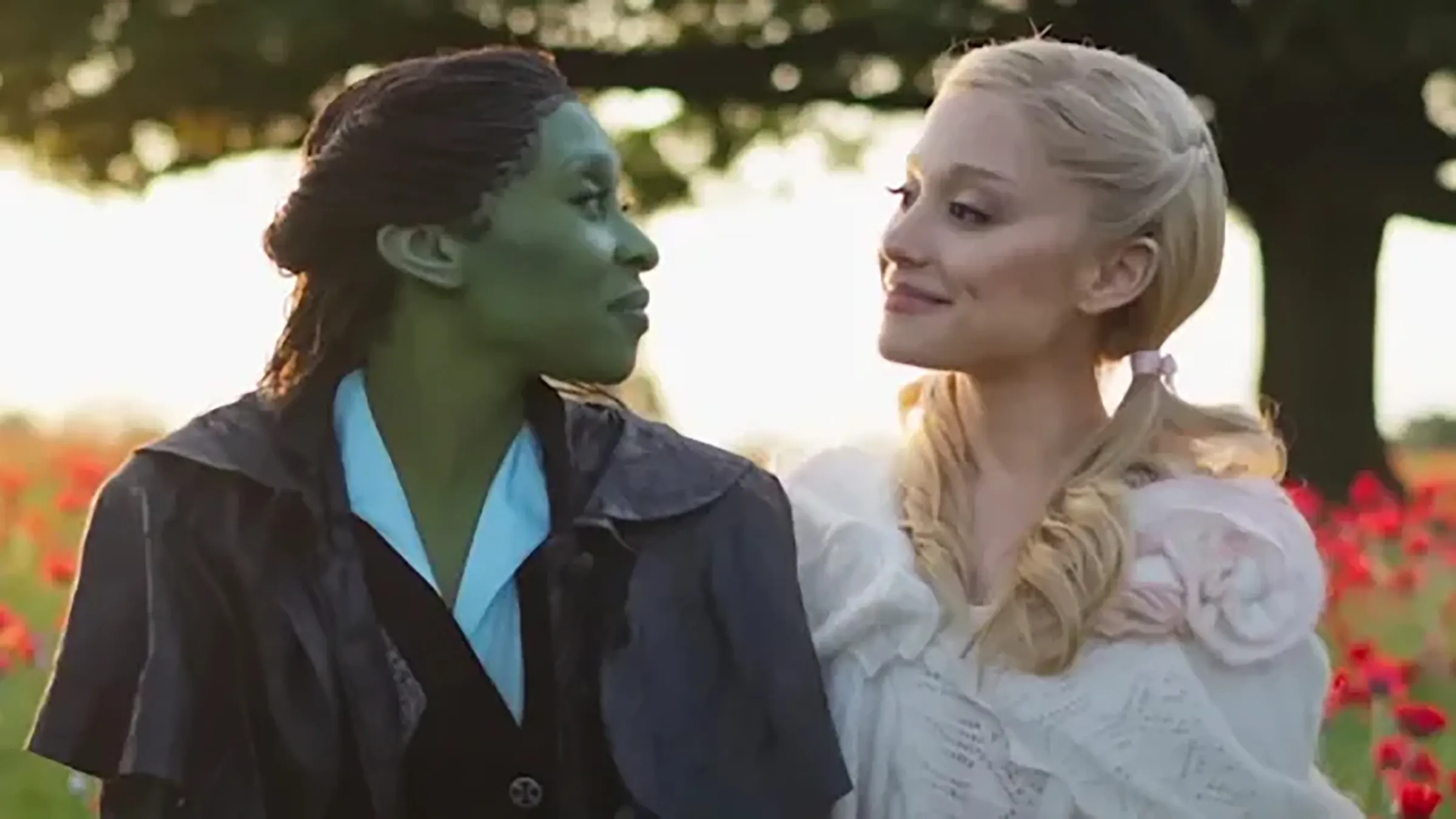
Let’s not dwell on the big farewells just yet – Elphaba and Fiyero leaving Oz, or Glinda’s touching moment with the Grimmerie. I want to talk about something smaller, but incredibly sweet. It’s that final flashback, you know? Elphaba and Glinda back in school, with Glinda in her white hooded jacket, leaning in to whisper something to Elphaba. It always gets to me!
As a fan, I immediately recognized the final image as a nod to the original Wicked musical poster – it’s been so central to the show’s identity since 2003! It feels like the filmmakers included it just for us, and honestly, it totally works. It’s a gorgeous way to pay tribute to the musical and a beautiful image to finish the movie on.
4) Young Galinda

Both parts of the Wicked movie expanded on the stage musical. Wicked: Part One introduced a young Elphaba, and Wicked: For Good added a flashback showing young Galinda at her birthday party. In this scene, she receives a wand and attempts to use magic, but fails. When a rainbow appears, everyone assumes she caused it, and she happily accepts the credit even though she didn’t actually do anything.
This scene probably exists to make Glinda more relatable and give her character more complexity. Throughout the film, Glinda changes as she comes to terms with events and her place in them – and the possibilities that lie ahead. Previously, Glinda seemed perfect and rather one-dimensional, but this scene shows that despite being loved and having everything she appeared to want, much of her life felt empty. While the scene doesn’t detract from the movie, and it does add depth to Glinda, making her a more complete character, it feels slightly disconnected from the rest of the film.
3) New Songs
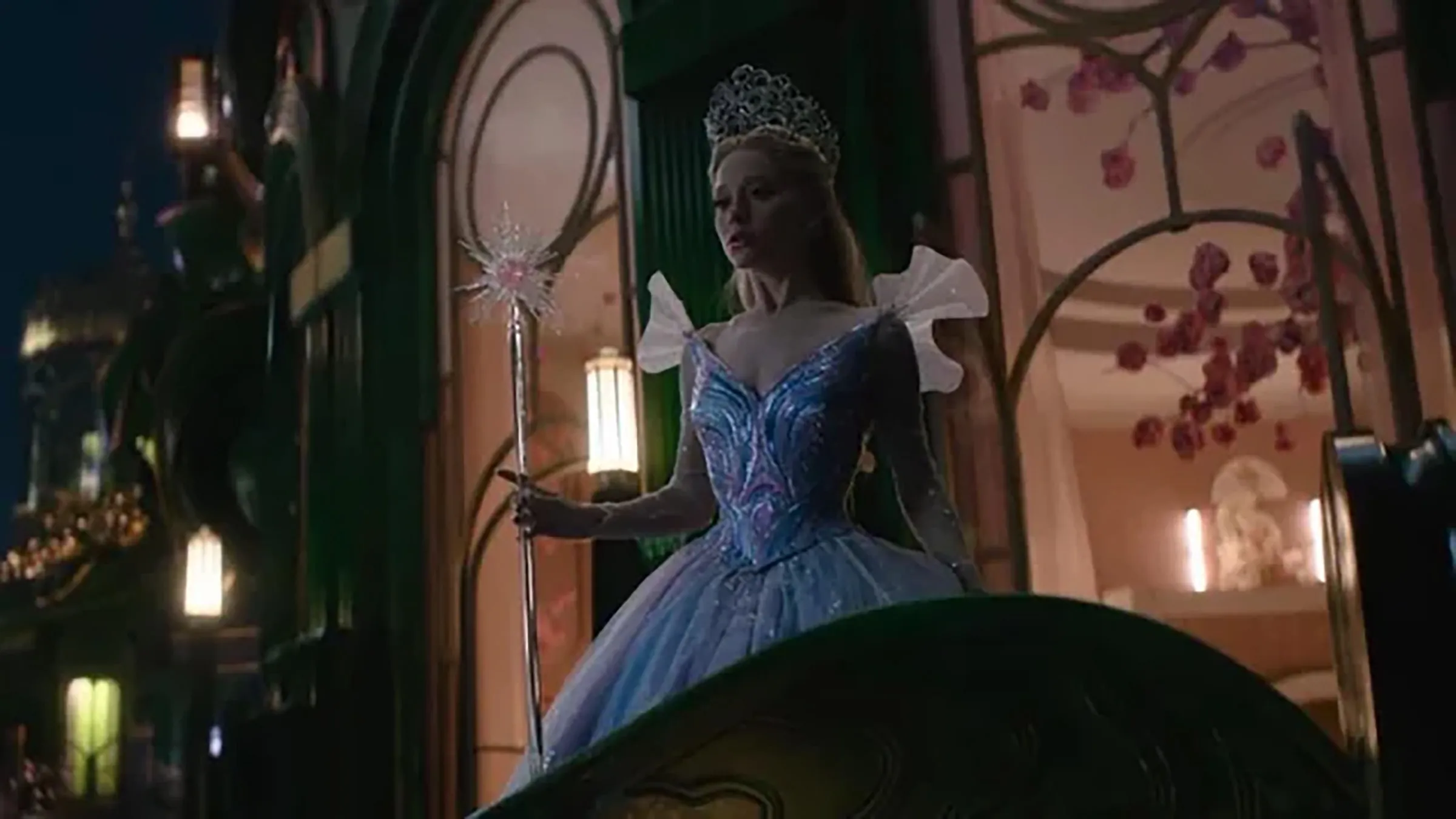
Fans will be thrilled to hear that Wicked: For Good includes two brand-new songs! Both Elphaba and Glinda get a chance to shine with original solos in the movie. Elphaba’s song, “No Place Like Home,” appears early on when she discovers animals fleeing Oz through a tunnel beneath the Yellow Brick Road—she sings it hoping to persuade them to stay and fight. Glinda’s song, “The Girl in the Bubble,” comes later, offering a moment of self-reflection as she realizes she’s at a crossroads and must decide if she truly wants to be the “good” person everyone believes her to be. The song also connects to the earlier “bubble” imagery, which symbolized her inability to perform magic and reminded her that she felt like a fraud.
Both songs work well in the movie, but Glinda’s song, “The Girl in the Bubble,” integrates more smoothly into the narrative. Elphaba’s song primarily serves to show her the struggles of Oz’s animals and highlights her isolation, introducing the Cowardly Lion along the way. It’s also a clear reference to the original The Wizard of Oz. In contrast, Glinda’s song actively moves the plot forward and creates a sense of momentum.
2) Nessarose Flies
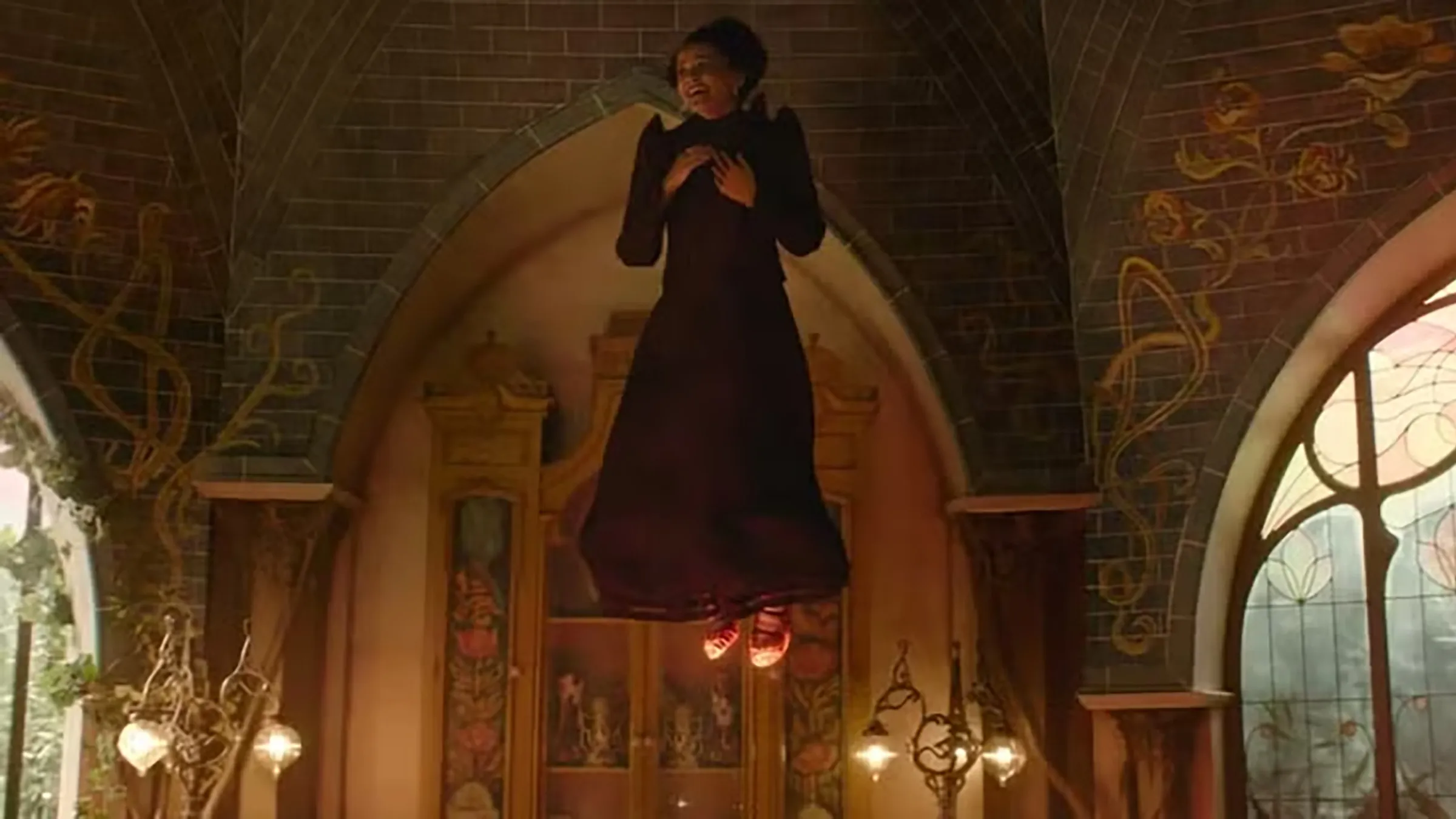
A major difference between the stage and film versions of Wicked centers on the character of Nessarose. In the musical, Nessarose wishes she could walk, and that’s why Elphaba magically enchants her silver shoes. However, the movie reimagines her desire: Nessarose doesn’t long to walk, but to recapture a feeling she once had with Boq at the Ozdust Ball. The film even alters the lyrics of her song to emphasize this, with Nessarose singing about wanting to feel like she’s “floating on air” again. Consequently, instead of giving Nessarose the ability to walk, Elphaba’s magic causes her to float – briefly recreating that cherished feeling.
Adapting this story for the screen is a real success, and arguably even improves upon the stage version. The change regarding Nessa’s magical shoes – now making her want to walk – adds a layer of emotional vulnerability. This makes her subsequent journey and ultimate fate feel even more heartbreaking and poignant. It’s a smart adjustment that feels like it should have been part of the original musical all along.
1) Glinda and the Grimmerie
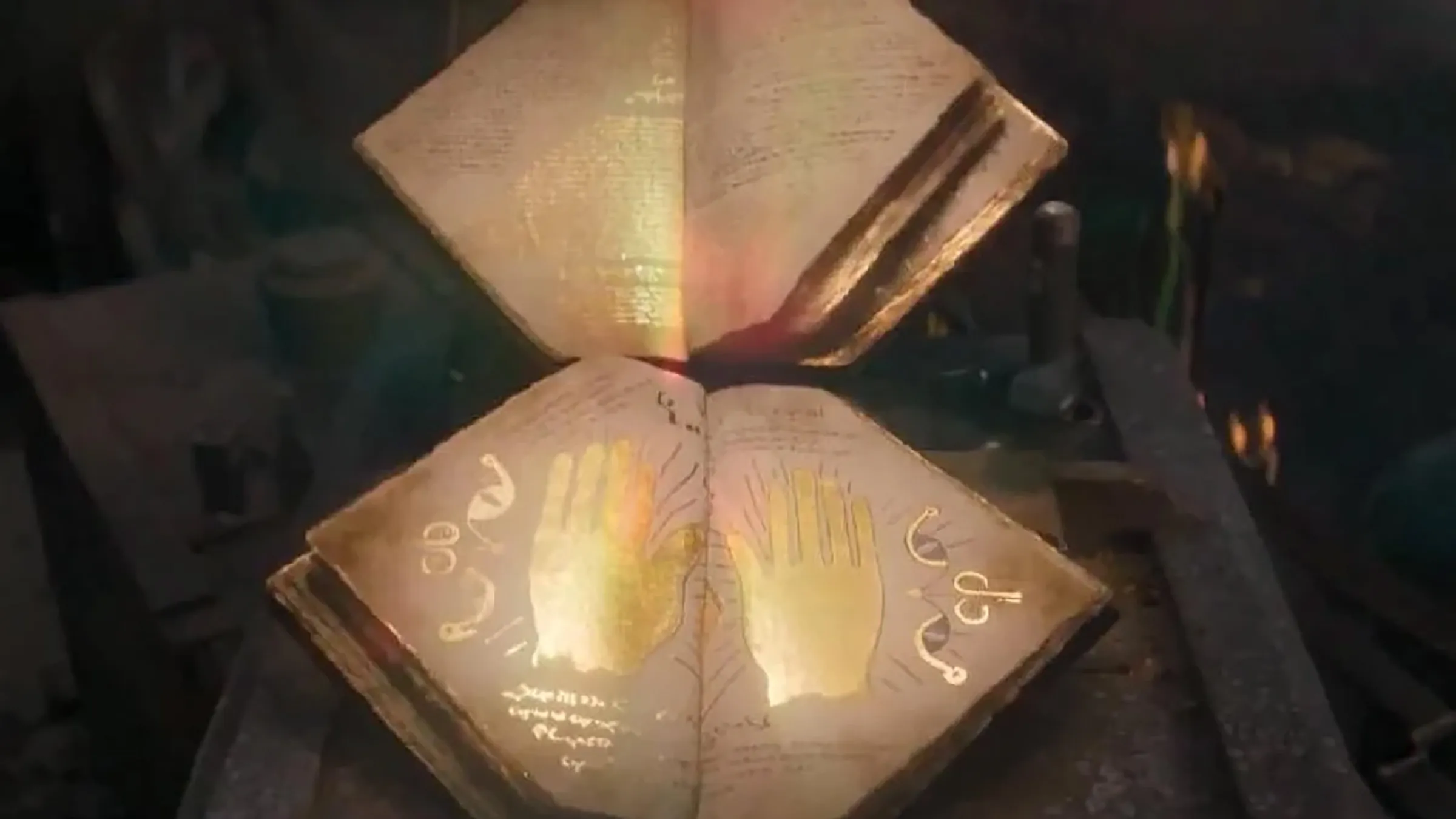
One of the most amazing differences between the stage show and the movie is what happens with Glinda and the Grimmerie. In the story, Elphaba gives the Grimmerie to Glinda, even though we know Glinda isn’t magical. But at the very end of the movie, as Elphaba leaves Oz, the Grimmerie actually opens for Glinda. It’s like it’s finally recognizing her, hinting that she might be able to do magic after all, which is a really beautiful moment!
This scene is fascinating because it’s open to different understandings. One way to see it is that Glinda finally proves she deserves magic, truly becoming “Glinda the Good” and allowing the Grimmerie to open for her. Alternatively, you could interpret it as Elphaba using the Grimmerie to gift Glinda with magic before leaving Oz, empowering her to become the good witch. Regardless of how you see it, it’s a deeply moving moment that perfectly concludes the story. It’s also clever because it gives audiences something to discuss and hints at the possibility of future stories in Oz. As fans of the original Wicked novels know, there’s much more to explore beyond the events of the story – and leaving Glinda with magical potential is a compelling way to suggest those future adventures.
https://comicbook.com/movies/list/3-movies-to-watch-after-wicked-for-good/embed/#
Read More
- The Most Jaw-Dropping Pop Culture Moments of 2025 Revealed
- Ashes of Creation Rogue Guide for Beginners
- ARC Raiders – All NEW Quest Locations & How to Complete Them in Cold Snap
- Where Winds Meet: How To Defeat Shadow Puppeteer (Boss Guide)
- Best Controller Settings for ARC Raiders
- Where Winds Meet: Best Weapon Combinations
- Ashes of Creation Mage Guide for Beginners
- Hazbin Hotel season 3 release date speculation and latest news
- 5 Things We Want to See in Avengers: Doomsday’s First Trailer
- Beyond the Horizon: Imaging the Light Around Naked Singularities
2025-11-26 19:11